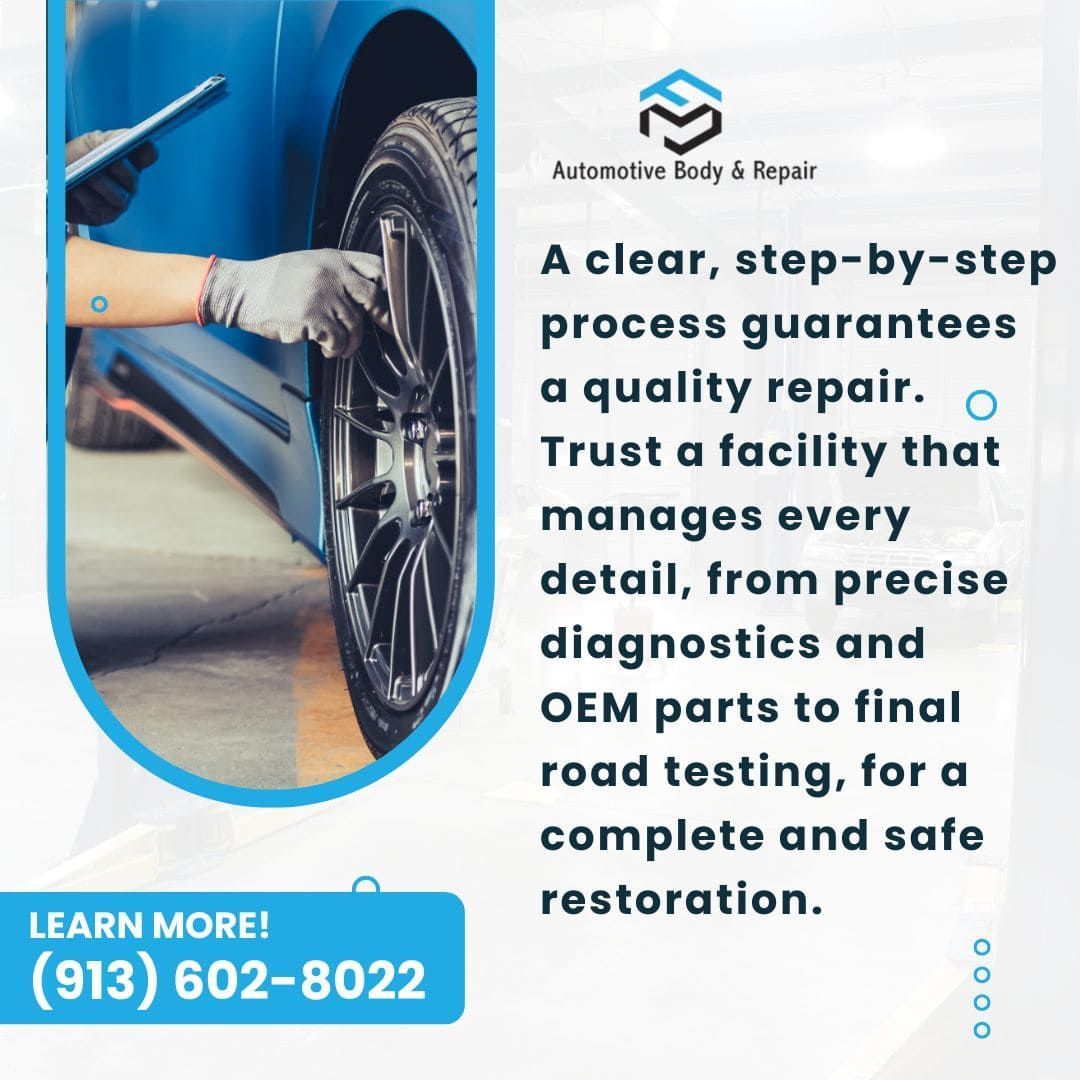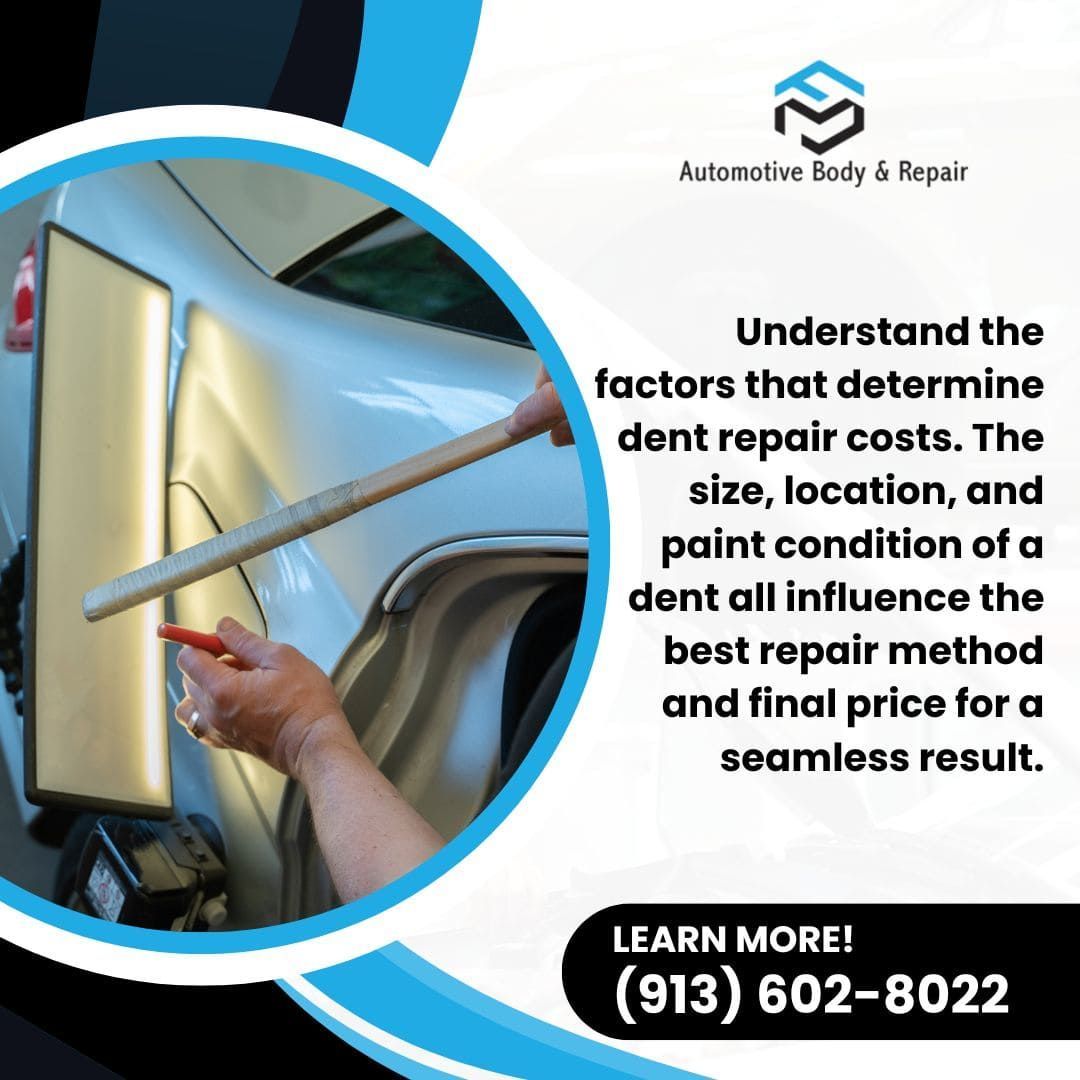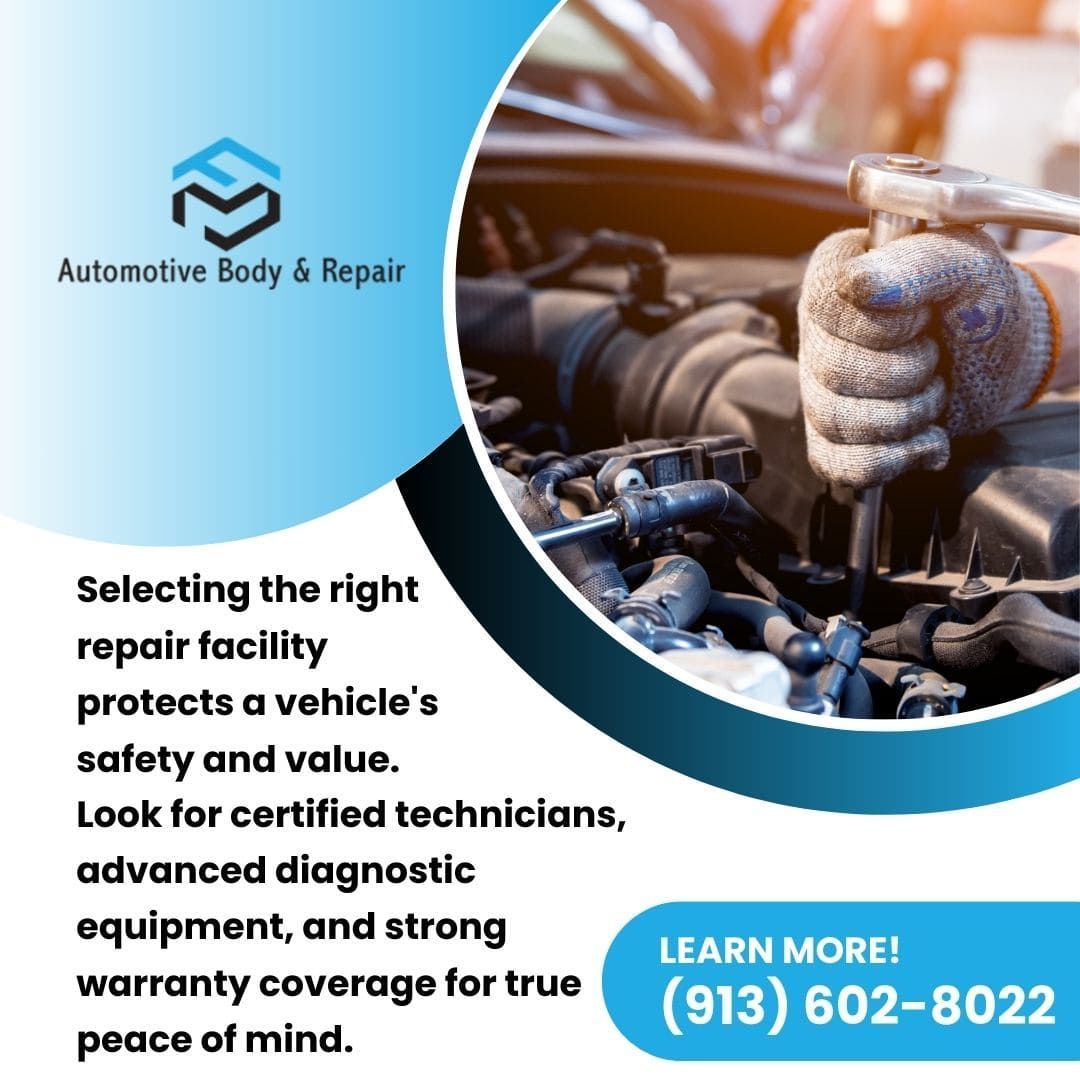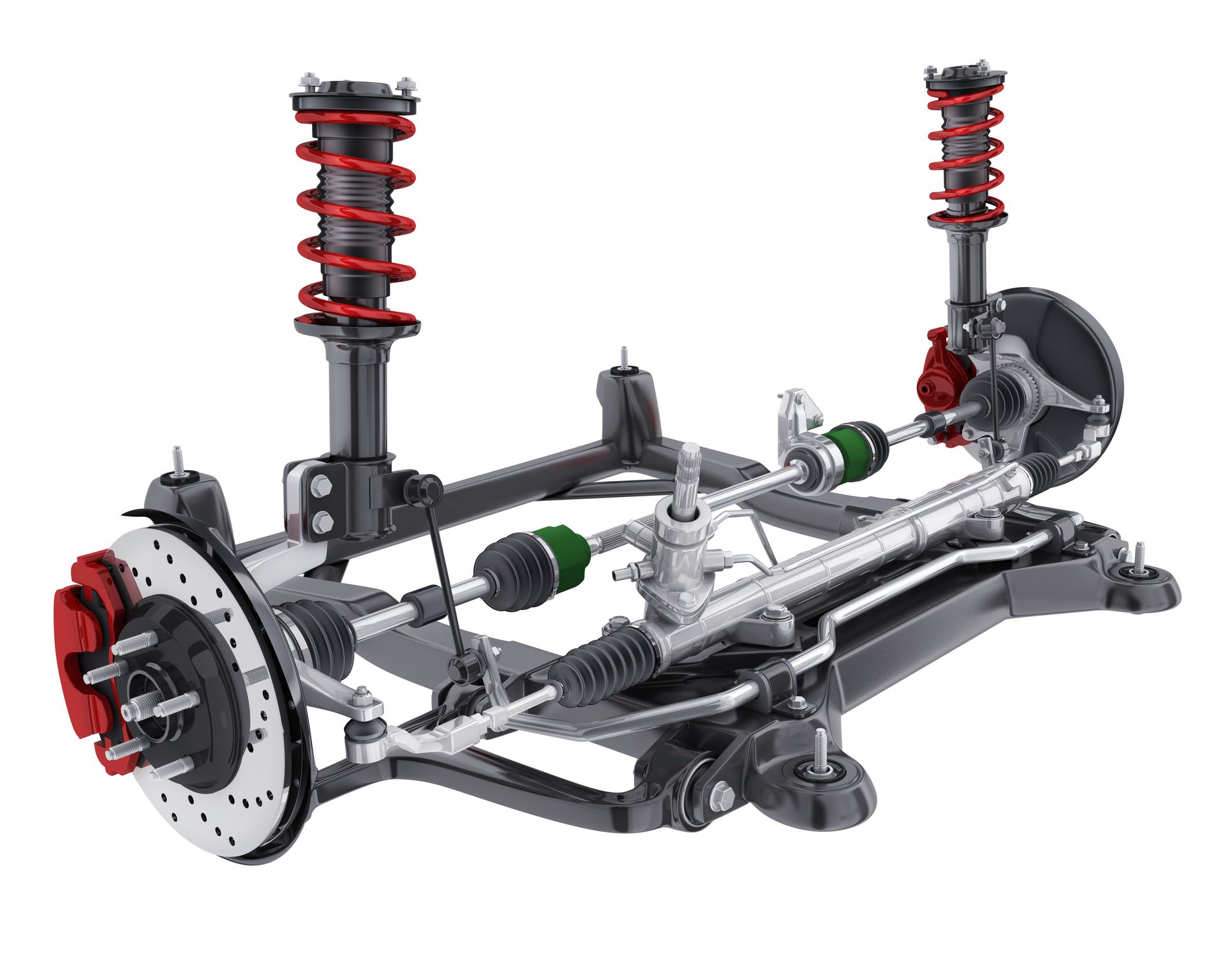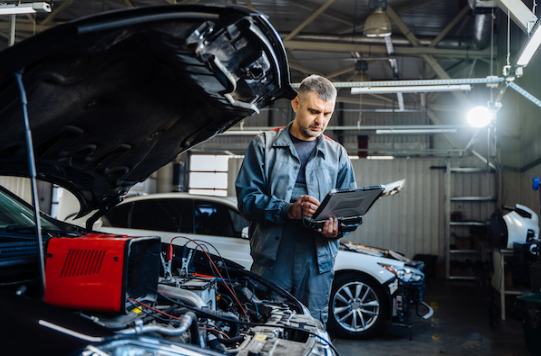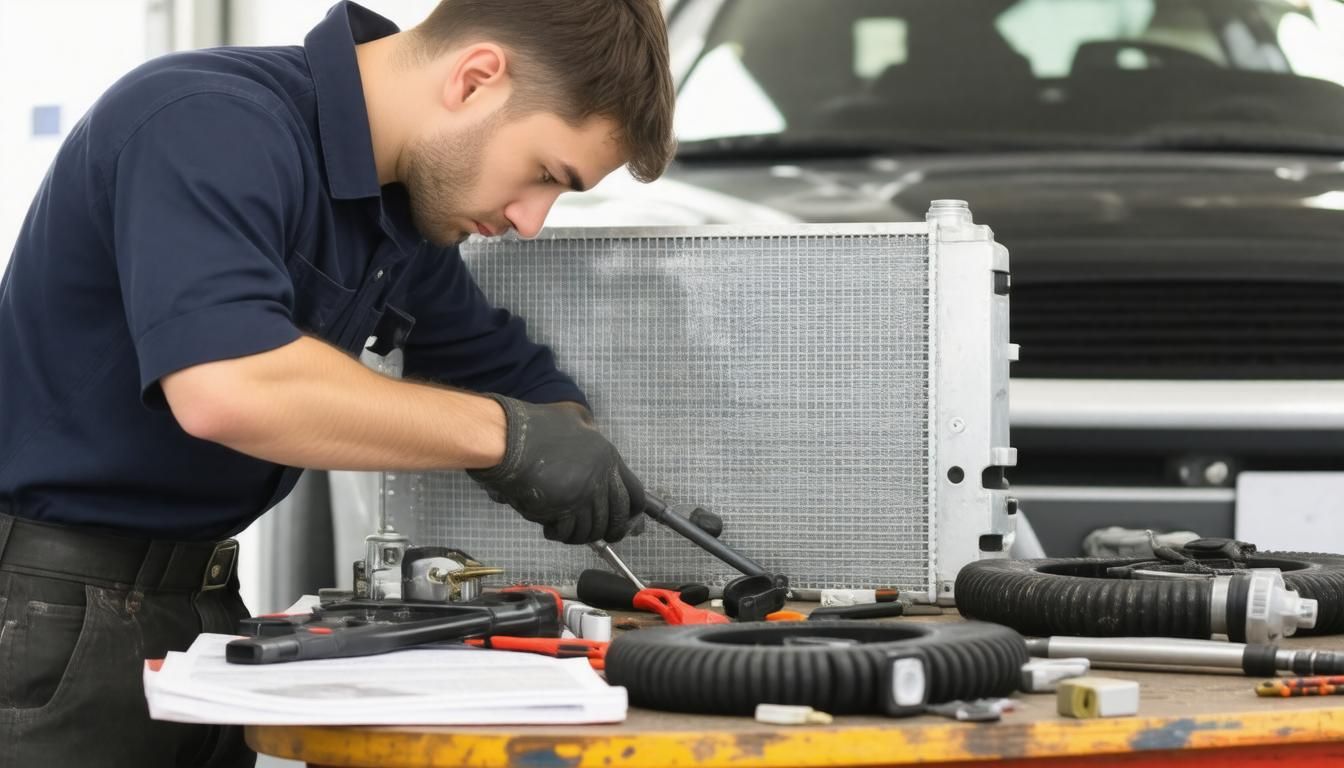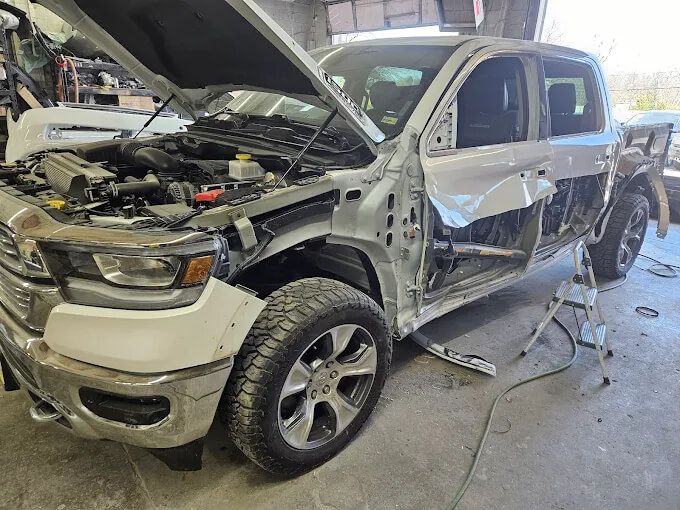Brake squeaking is frustrating, but if it gets worse as temperatures rise, there’s more to it than just everyday wear and tear. Warmer weather can impact your braking system in ways you might not expect, from heat-expanding metal components to increased moisture buildup overnight. While some squeaks are harmless, others could be a sign that your brake pads are wearing down or that your system needs attention. So, is that noise just an annoyance, or is it time for a brake check?
Why Heat Makes Your Brakes Squeak More
Braking systems rely on friction to slow your car down, and warmer temperatures can amplify certain noises. The heat affects brake pads, rotors, and even the air around your vehicle in ways that make squeaking more noticeable.
Brake Pad Material Expands in the Heat
Many brake pads contain metal components, and as temperatures rise, these metals expand slightly. This expansion increases contact with the rotor, which can lead to higher-pitched squeaks, especially when stopping at lower speeds.
Humidity and Rust Buildup on Rotors
Humidity can also cause brake noise. On hot, humid days, moisture can accumulate on your rotors, creating a thin layer of rust when the car sits for long periods. As you drive, this rust wears off, causing temporary squeaking—especially in the morning or after your vehicle has been parked overnight.
Other Common Causes of Brake Noise in Warm Weather
1. Brake Pad Wear
Brake pads naturally wear down over time, and most modern pads have built-in wear indicators that create a squeaking noise when it’s time for a replacement. If the squeaking is persistent and not just an occasional issue, worn pads could be the culprit.
2. Glazed Brake Pads or Rotors
Excessive braking—like when driving in stop-and-go traffic or down steep hills—can cause brake pads and rotors to overheat. When this happens, they can develop a hardened, glossy surface that reduces braking effectiveness and leads to squeaking.
3. Dust and Debris Buildup
Road dust, dirt, and brake pad residue can accumulate in your braking system, especially in dry, warm weather. This buildup can create noise when braking and even cause uneven wear on your pads and rotors.
4. Lack of Lubrication on Brake Components
Certain brake components, like caliper slides and contact points, need lubrication to function quietly. If they dry out due to heat or wear, they can create squeaking or even grinding sounds.
How to Reduce Brake Squeaking in Warm Weather
If your brakes are making more noise than usual, here are a few steps you can take:
- Get your brakes inspected – A professional can check for worn pads, glazed rotors, and any necessary lubrication.
- Clean your brakes – Removing built-up dust and debris can help minimize squeaking.
- Replace worn-out pads – If your pads are thin or past their service life, swapping them out can restore quiet, effective braking.
- Use high-quality brake pads – Some lower-quality pads are more prone to noise. Investing in ceramic or semi-metallic pads can make a difference.
Quiet Your Brakes with Help from F & M Automotive Body & Repair
Brake noise can be a minor annoyance or a sign of something more serious. If your brakes are squeaking more in warm weather and you’re not sure why, a professional inspection can help determine the cause and ensure your braking system is working properly. Keeping your brakes in top shape not only improves safety but also extends the life of your braking components.
Squeaky brakes don’t always mean trouble, but they shouldn’t be ignored. Let
F & M Automotive Body & Repair check your braking system and recommend the best solution. Call or visit us today!
